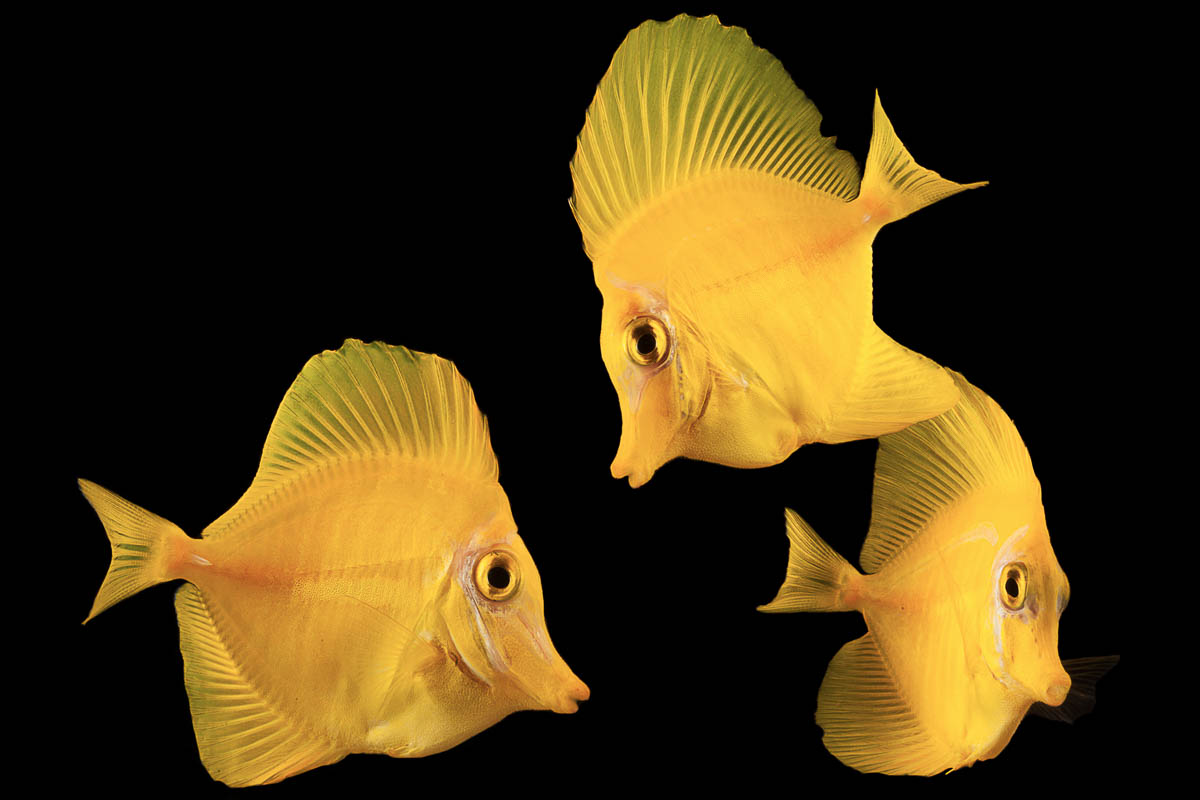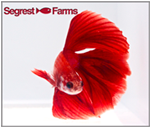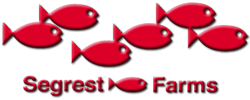
Captive bred or wild caught? Depending on the species, there can be arguments made for the merits of both. After years of focusing on advocating captive bred fish, many are realizing that sustainable wild collection that is managed properly can help support conservation measures, such as is being demonstrated by Project Piaba. However, this mostly applies to freshwater fish. Marine species, thanks to the complexity and difficulty of their life cycles, are still being captive bred in relatively small numbers, and we should be making every effort possible to develop and promote captive breeding initiatives.
The species that we have learned to breed and raise are largely becoming prolific in the hobby. Wild clownfish, in particular, are not often seen anymore. But there is still much work to be done for many species.
For years, the holy grail of captive bred marine fish has been the yellow tang. Wildly popular because of their brilliant colors, peaceful demeanor, and algae-eating habits, they have been the focus of many groups’ efforts. While there have been some partial successes throughout the years, most of these attempts ended in disappointment. That is, at least, until last fall.
In October 2015, the Oceanic Institute of Hawaii, working with the assistance of Rising Tide Conservation, announced to the world their first batch of successful tank raised yellow tangs, creating ripples of excitement throughout the hobby. After more than a decade of research and trying, they were able to pass the crucial larval stage, with the baby tangs finally settling and assuming their adult form a little over 70 days after hatching.
The question since then is whether or not they would become available to the hobby. We are excited to announce that they now are.
We have received in a portion of the tank raised yellow tangs and they will be available to retailers across the country. Quantities will be extremely limited, and we do not expect to have them for long, but for the first time ever it will be possible to buy fully tank raised yellow tangs, spawned, reared, and raised in captivity.
In order to try to continue and expand on the success of this spawning, Segrest Farms will be donating all of the profit from the tangs back to the Oceanic Institute so that they can continue refining, developing, and improving on their successful methods. Hopefully, someday soon, tank raised tangs will be as common as tank raised clownfish.











